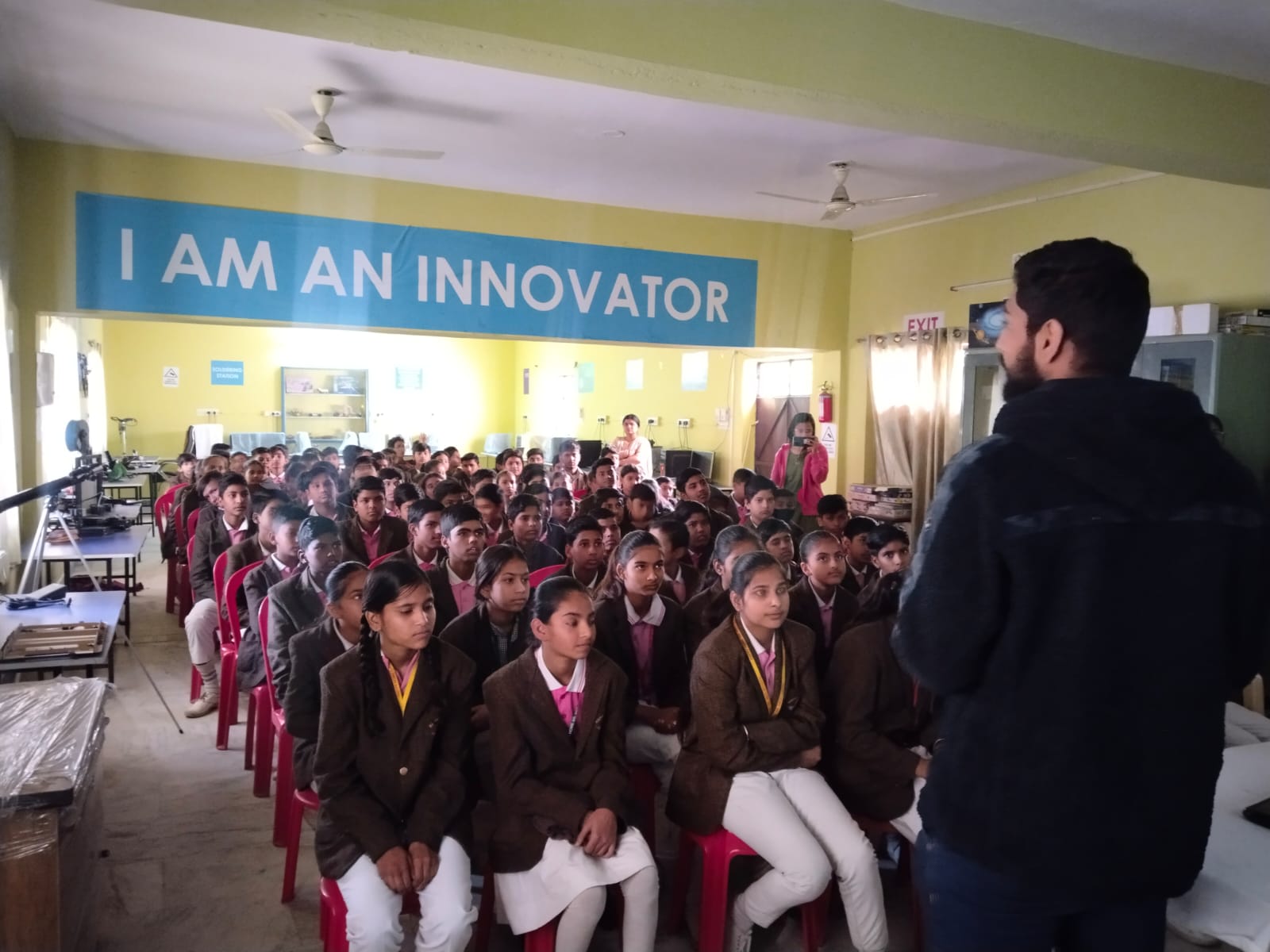STEM education, which integrates Science, Technology, Engineering, and Math, is vital for preparing students for future careers. With the growing emphasis on digital skills and innovation, India has made strides in introducing STEM programs in schools. However, the implementation of STEM education in India comes with several challenges that limit its widespread success.
Here are some of the common barriers schools face when trying to introduce and implement STEM education effectively.
1. Lack of Infrastructure and Resources
A significant challenge that schools in India encounter is a lack of adequate infrastructure. STEM education often requires well-equipped labs, computers, internet access, and other technological resources. Many schools, especially those in rural areas, struggle to provide even basic facilities, making it difficult to offer hands-on STEM learning experiences.
2. Insufficient Teacher Training
For effective STEM education, teachers must be trained not only in subject matter but also in modern pedagogical approaches, including project-based learning and the integration of technology. In India, a significant number of educators have limited exposure to STEM concepts, and teacher training programs often do not adequately prepare them to teach STEM subjects with confidence and creativity. Explore more
3. Cost of Implementation
Implementing STEM programs can be expensive. The cost of setting up labs, purchasing equipment, and maintaining the technology needed for these programs can be a financial burden for many schools. Without sufficient funding from either the government or private organizations, schools struggle to provide the resources needed for effective STEM education.
4. Rigid Curriculum Structure
The conventional education system in India often emphasizes rote memorization and standardized assessments. This rigid structure leaves little room for the exploratory, project-based learning that is essential to STEM education. As a result, many schools find it challenging to integrate STEM learning activities into their existing curricula.
5. Limited Awareness and Interest
In many cases, both students and parents have limited awareness of the importance of STEM education. Cultural biases towards traditional career paths, such as medicine or engineering, can discourage students from exploring diverse STEM-related fields. Schools must also work to spark student interest and demonstrate the practical applications of STEM subjects in real-world situations. Contact us now
Ready to overcome STEM challenges in your school !
Despite these challenges, STEM education is essential for preparing India’s students for the future job market, which will increasingly rely on technology and innovation. To overcome these obstacles, schools must receive adequate funding, provide teacher training, and create flexible curricula that encourage hands-on learning.
Partner with MakersMuse to bring innovative STEM programs to your school, helping students develop essential skills for the future!
















This Post Has 2 Comments
I like this weblog very much, Its a really nice post to read and find information.
Thank you for your kind words! We’re glad you enjoyed the post. If you have any questions, feel free to reach out at hello@makersmuse.in.